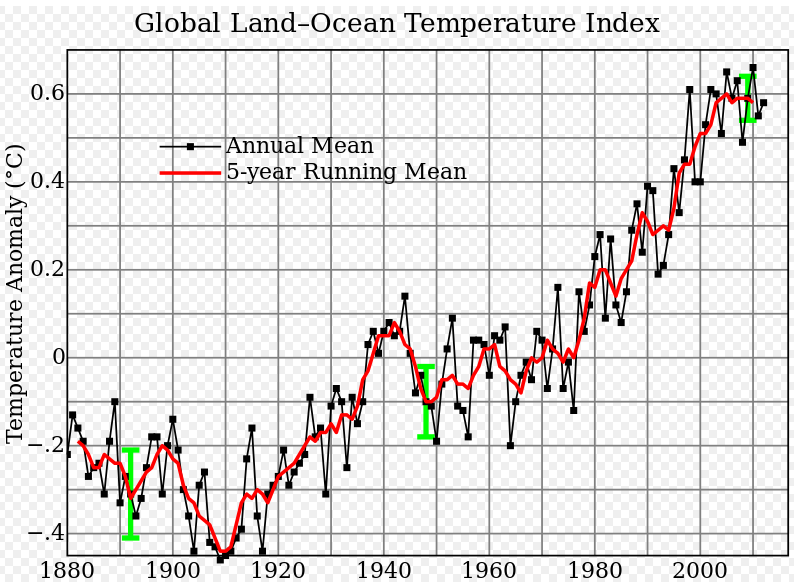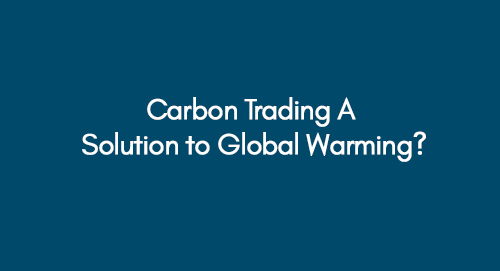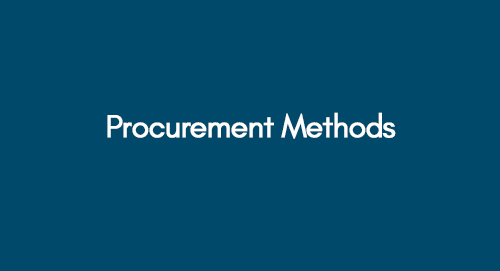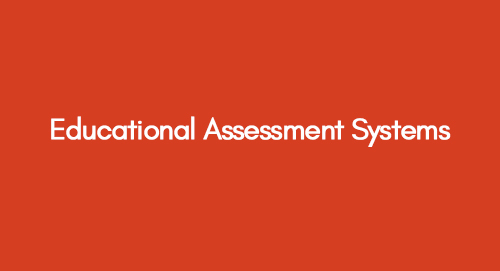
Project Report
February 27, 2021
Optical Underwater Wireless Communication
February 27, 2021Global warming, inherently, is known to be a rise in the temperature of the earth which is associated with the increase in the atmospheric content of the greenhouse gases which invariably are a subsequent result of human-based activities. The figure below illustrates the land and ocean variations in the temperature occurring over six decades.

Figure 1: Global Temperature Anomaly (Source: NASA, 2013).
Figure 1 illustrates through a black line and red line where the former is the annual mean and the latter is the five-year mean, an overall global warming temperatures. It is noted that the temperature increase or decrease will vary across regions and will be subjected to differences in the rates of perceptions, sea levels and also a change in the desert of the subtropics.
There have been various mitigation and preventive measures have been implemented throughout the globe. A lot of countries have become a signatory and ratified the United Nations Convention on Climate Change to reduce and prevent the impact of global warming throughout the world (Kates et al, 2005).
It is also worthy to mention here that apart from the greenhouse gases, various other sources have contributed to the increase in global warming which includes volcanic eruptions, orbit variations of the Earth, and luminosity of the sun (Schneider et al, 2010). However, the greenhouse effect, which inherently is a process involving emission and subsequent absorption of infrared radiation produced by the gases within the atmosphere, is the most commonly known source which has contributed to the increase of global warming and also the source which is known to cause a grave impact on the environment through the subsequent emission and absorption in the future.
The Introduction to Carbon Trading
Carbon trading is a constituent of emission trading which specifically targets carbon dioxide and is the main form of emission trading itself. This is a response to the signing of the United Nations Convention on Climate Change and the subsequent Kyoto Protocol which requires the ratified countries to implement mitigation measures to reduce carbon emissions.
The concept is closely linked to property rights whereby there is a limit placed on the number of emissions that may be produced by households or industries. According to International Monetary Fund, 2008, the people or organizations that may be responsible for the emission of greenhouse gases are not implicated with the full economic cost of the same, because where the emitters may be responsible for the internal costs of fuel and machinery they will not be accountable for the external costs which may be harmful to the society.
There is also the issue of ethics and fairness, whereby it is not possible to calculate on a certain scale the social value and cost of damage caused to society as a whole. Consideration of emission trading, on the other hand, gives emitters a certain amount of legal permit to hold the emissions, thereby providing them with an incentive to reduce the number of emissions.
Carbon trading has been seen to increase over the last couple of years, and it is stated by World Bank, 2010, that three hundred and seventy-four million metric tonnes of carbon were exchanged through a series of Projects in 2005. It is also further noted that a gradual cap on carbon emissions trading can prove to be beneficial for the economy in the longer run.
Liverman, 2008, states that where carbon trading has proved to be economically and environmentally beneficial for society, it is also seen to be a form of colonialism, where richer countries are seen to be at a benefit through not only maintenance of the carbon emissions and trading but also through gaining credit for the reduction of carbon in various ineffective and unrelated projects. There is also further the issue of money laundering which has increased as an innovation in the financial system with the increase in carbon emission trading (Weitzman, 2007).
The essay aims to highlight the relationship between global warming and carbon emission trading and through analytical analysis and deductive reasoning illustrate whether the use of carbon emission trading is a good prerogative to reduce global warming or whether it is being manipulated as an alternative source for financial or otherwise laundering, thereby going away from the main objective of the emission trading.
The Relationship between Carbon Trading and Global Warming
The relationship and debate between the uses of carbon trading for the reduction of manmade gases that have contributed to global warming have been the crux of various environmental policies. The administration under the Clinton regime is a great advocate of the use of carbon emission trading as an effective and efficient means of reducing global warming and its subsequent impact. The gaseous emission trading was proposed under the Kyoto Protocol under the United Nations Convention on Climate Change. The idea of the emissions trading scheme was to draw a differentiation between higher cost and low-cost abatement while allowing the former to buy an allowance from the latter to reduce the requisite emissions to a level that was below the required stated level.
It is noted however that the basic design for the emission trading system was flawed at the core (Johnston, 1991). It not only established a whole new government market but furthermore, it constituted the usual features of trade which accounted for benefit of the favoured entities and was further vague on the nature of emissions that could be traded. Furthermore, a banking arrangement was implemented which allowed for the expiry of the allowance to be only in place after it had been completely used.
The bubble of required emissions formulated under the Kyoto Protocol was established following which China, the United States, Russia, Canada, New Zealand and Japan formed an umbrella which stated their emission levels and reduced target levels. The government introduced incentives such as tax reductions to ensure that the emitters followed the stated reduced target guidelines; however, it still failed (Johnston, 1998).
After a discussion of the relationship between global warming and carbon emission trading, the sections below illustrate whether carbon trading is indeed a viable and effective solution for the reduction of the impact of global warming or whether there is a need to look into alternative solutions.
The Case of Carbon Trading- An Effective Solution?
Carbon trading has been used over the last decades as a means of reducing the impact of global warming. However, the effect of carbon trading has been under a long-standing debate. Supporters of the carbon trading scheme state that it allows organizations and companies to become sustainable because the scheme aims to target the finances of the emitters. However, it is noteworthy that like various other schemes, the cost of this scheme regardless will go down to the consumers so it may not prove to be a viable solution after all.
Karmali, the head for carbon emissions in Merrill Lynch, stated that the costs of the scheme were being sent down to the ultimate consumers however the observance in trend had been that people were shifting to energy efficient and sustainable products which invariably shows that they value quality over price (Oliver, 2008).
Critics of carbon emission trading have vehemently argued that it is in reality a zero-sum game since any investment in the scheme invariably results in the emitter not having to reduce their specific carbon emissions. Furthermore, it is reported by Harvey, 2008, in Financial Times that carbon emission trading could well become the largest commodity shortly, and it is estimated that the industry could be worth more than three trillion dollars by 2020, especially if the United States through a cap trade scheme acceded to the Kyoto Protocol.
It is further pertinent to point out that where scientific evidence does point to the success of carbon emission trading as a means of reduction of the impact of global warming, however, Corrigan, 2009, points out that the main objective of the trading was to ensure a significant carbon cut by the organizations, however, neither are there any carbon cuts and neither is there any technological innovation to ensure that the shift to low carbon products or manufacturing operations. It is therefore noted, that where carbon emission trading may be a viable short-term solution, however, the long-term solution to prevent and reduce the impact of global warming would require further advancements through exploring practical and viable solutions to the problems stated in the arguments presented
The problem is not just that carbon trading is costly and has resulted in industries shifting the bill to the consumers by increasing their prices based on ecologically friendly products; however, it is likely to give rise to a whole new set of problems. First and foremost, since this is a rapidly expanding market, it has provided an opportunity for banks, financial institutions, and investors to convert a government-backed scheme into a money-making project, and may also give rise to leakage (Neill, 2012). Leakage inherently is a concept where the developed economies will shift the blame and the emissions to developing economies through this trading scheme. It is also stated by Corrigan, 2009, that specifically because it was a government-backed scheme, it has resulted in the backing of various financial corporation which is illustrated by the fact that in 2003 all the bigger corporations were silent on the issue, whereas in 2008 there were one hundred and thirty institutions within Washington lobbying for the trading scheme.
The governments will have to address the complex schemes of the artificial markets which are difficult to regulate because carbon emission trading is not in the same category as the regulation of mortgages. Furthermore, to ensure that the carbon trading market works efficiently, the fleecing of the large amounts/finances from the emitters to the financers will have to be managed/controlled. Furthermore, the questions such as ‘where do the money to fund such a scheme come from?’ must be addressed. It is pertinent to note that currently, the old polluters such as the chemical or steel factories who have to buy emitting permits are the ones paying such a huge amount of money to finance the whole scheme.
The Conclusive Picture
From the aforementioned discussion, it is apparent that many people and organizations have begun to see carbon emission trading as a means of reducing the impact of global warming, however, where it can be seen as a means of short-term solution to mitigating the impact however in the long run it is not so viable. The discussion above looks at both sides of the argument, thereby stating that where it can reduce the carbon emissions, it also results in the cost being shifted down to the final consumers, it has invariably resulted in a money-making scheme for the investors and financial institutions and lastly, it will result in leakage whereby the carbon emissions will be traded off to lesser developed economies thereby giving benefit to the developed nations only (Neill, 2012). Therefore it can be concluded that though the implementation of carbon trading has been considered influential in reducing carbon footprints/global warming, the optimized strategic advancement concerning policy/procedures must be developed to attain successful results.
References.
- Harvey, F. (2008). Carbon trading is set to dominate commodities. Financial Times. Available at: http://www.ft.com/intl/cms/s/b3c78450-42d4-11dd-81d0-0000779fd2ac,Authorised=false.html?nclick_check=1&_i_location=http%3A%2F%2Fwww.ft.com%2Fcms%2Fs%2F0%2Fb3c78450-42d4-11dd-81d0-0000779fd2ac.html%3Fnclick_check%3D1%26siteedition%3Dintl&siteedition=intl&_i_referer=http%3A%2F%2Fwww.environmentalleader.com%2F2008%2F06%2F26%2Fcarbon-could-become-largest-commodity-market%2F#axzz2mCBc2GQc. Retrieved on 1-12-2013.
- IMF (March 2008). "Fiscal Implications of Climate Change". International Monetary Fund, Fiscal Affairs Department. Retrieved 2010-04-26.
- Johnston, J. (1998). Emissions trading for global warming. Regulation. Volume 21, No.4
- Kates, et al. (2005). What is sustainable development? Environment: Science and policy. Volume 47, Number 3, pp 8-21.
- Liverman, D.M. (2008). "Conventions of climate change: constructions of danger and the dispossession of the atmosphere". Journal of Historical Geography 35: 279. Available at: 1016/j.jhg.2008.08.008. Retrieved on 1-12-2013.
- Neill, J. (2012). Markets and the Environment: the Solution is the Problem. Economic and Political weekly. Volume 36, No. 21, pp 1865-1875.
- Oliver, R. (2008). Banking on carbon trading: can banks stop climate change. Eco solutions, CNN. Available at:
- Schneider et al. (2010). Crisis or opportunity? Economic de growth for social equity and ecological sustainability. Introduction to this special issue. Journal of cleaner Production. 18 (2010) pp 511- 518.
- Weitzman, M. (2007). A review of the stern review on the economics of climate change. Journal of Economic Literature. Volume XLV, September, pp 703- 724.
- World Bank (2010). "World Development Report 2010: Development and Climate Change". The International Bank for Reconstruction and Development / the World Bank, 1818 H Street NW, Washington DC 20433.
Get 3+ Free Dissertation Topics within 24 hours?



























